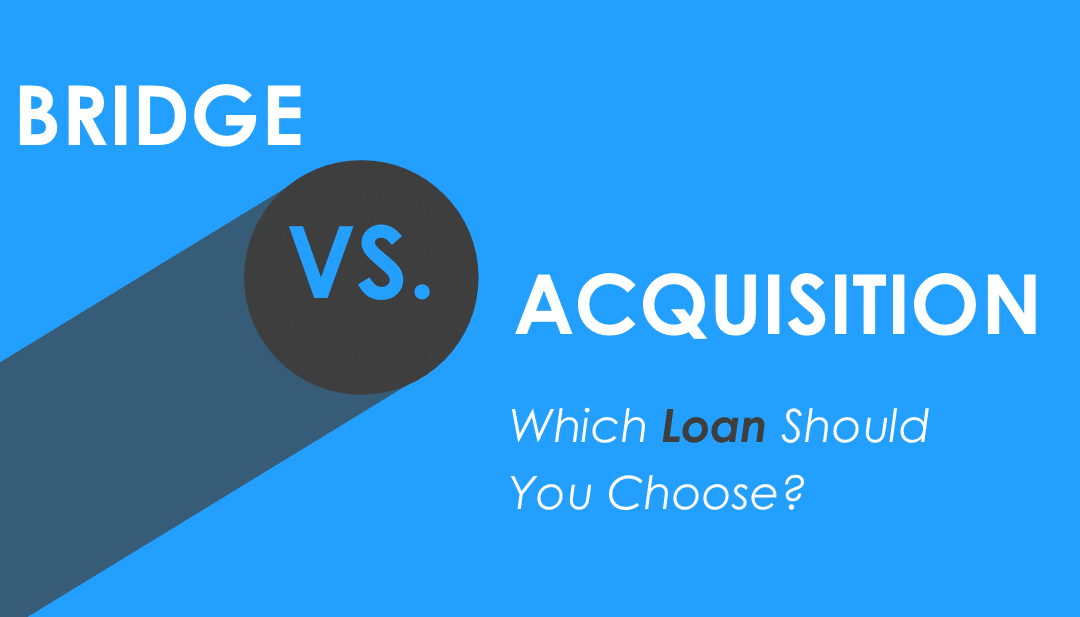Deciding between a bridge and acquisition loan depends on the scope of your project and how long you would need financing for. Read below to find out how these loans are different, similar, and when one would benefit you over the other.
What are the differences between bridge and acquisition loans?
One major difference between the two is that investors will use a bridge loan as a short-term solution to fund the purchase of a property while waiting to qualify for long-term financing, whereas investors who use an acquisition loan will keep the loan throughout the entire duration of the project.
Bridge loans are mostly used to fund larger, construction-intensive projects that typically extend past the 12-month loan term of a hard money loan. With projects like these, it can take a lot of time to collect the necessary permits and paperwork needed to begin repairs which is why investors will use hard money to purchase the property on the front-end. After the documents are in place, they will refinance into a long-term loan with their desired lender.
Acquisition-only loans are typically 12-month loans that allow investors to get funds they need to purchase an investment property. With this loan an investor will purchase a property, make repairs, and pay back the lender once the property is sold all in 12 months or less. This type of loan is very similar to the commonly known, “fix and flip loan” the only difference being an acquisition loan does not include funds for construction, investors pay for any repairs with their own money.
Use the chart below to explore the key differences between bridge and acquisition loans.
| Bridge | Acquisition |
|---|---|
| Frequently used by experienced developers | Frequently used for small to mid-scale projects by rehabbers |
| Commonly used to finance long-term projects (minimum 12 months) | Commonly used to finance short-term projects (maximum 12 months) |
| Used as short-term financing, until permanent financing with another lender is secured | Typically, the only financing for the project |
| Investors typically hold off on repairs until permanent financing is secured | Investors immediately start making repairs upon closing the loan |
How are they alike?
Real estate investors are drawn to both loans for one main reason: the ability to purchase a property fast. However, not all hard money lenders that offer bridge and acquisition financing have the efficiency and bandwidth to fund your deal quickly. Investors should always vet potential lenders to make sure they have the financial know-how necessary to get you to the closing table as quick as possible.
Things both bridge and acquisition loans have in common:
- Both are used by real estate investors
- Can be used to buy land
- Can be used to buy an investment property in any condition
- Can be used for acquiring a fix and flip project
- Both loans require a credit score of at least 600
- Both require a down payment from the borrower
- Both loan terms are typically 12 months or less
When would you use a bridge vs. acquisition loan?
If you’re looking to purchase a property to flip and have your own cash reserves for renovation costs, you should use an acquisition loan. This loan is specifically for investors doing traditional rehab projects that will be complete in 12 months or less.
If you’re planning on doing a construction-intensive project like a commercial project, multi-family rehab, or mixed-use development you can qualify for both a bridge and acquisition loan. The deciding factor between the two is whether your project will be completed before or after the 12-month loan term. If your project is going to extend past the 12-month loan term, a bridge loan will enable you to purchase your property before you secure final funding. If your project will be less than 12-months you should consider an acquisition loan.

